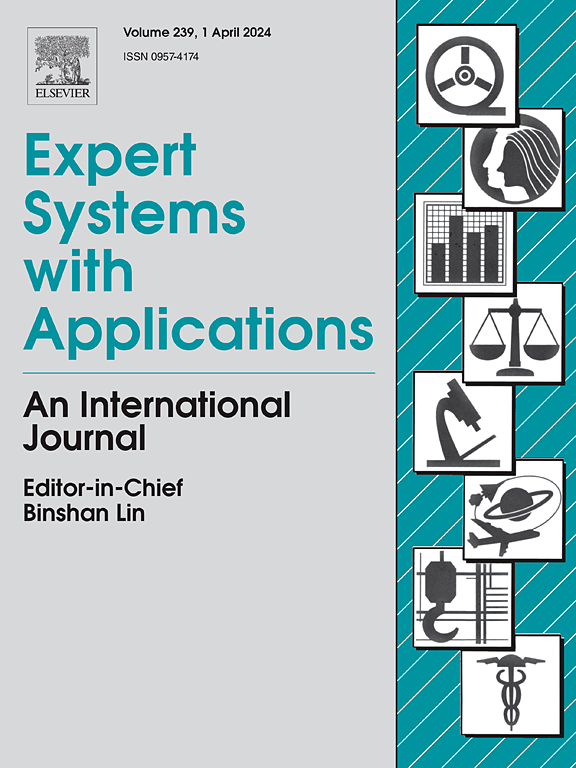Uncertainty-informed dynamic threshold for time series anomaly detection
IF 7.5
1区 计算机科学
Q1 COMPUTER SCIENCE, ARTIFICIAL INTELLIGENCE
引用次数: 0
Abstract
As time series data continues to be collected across various fields, the importance of automated anomaly detection systems is steadily increasing. A key challenge in anomaly detection lies in setting an optimal threshold for anomaly scores to distinguish anomalies from normal data. Most existing studies use a fixed threshold, often resulting in misclassification of ambiguous data. Therefore, defining a dynamic and optimal threshold is crucial for improving detection performance. We aim to quantify uncertainty as a metric that determines the degree of ambiguity in the data. Because our models are trained only on normal data, anomalies exhibiting patterns divergent from the normal data entail higher uncertainty. Accordingly, in this study, we propose a dynamic thresholding method that better aligns with the nature of the data through uncertainty quantification. Through experimentation with synthetic datasets and five benchmark datasets for time series anomaly detection, we demonstrate the efficacy of our proposed method. Our proposed method outperforms both the fixed threshold and existing dynamic thresholding methods, achieving an average F1-score improvement of over 0.06 across benchmark datasets. In particular, the performance improvement is more significant when the distributions of normal data and anomalies are more similar. The source code can be accessed at https://github.com/jungminkr9195/UDT.
求助全文
约1分钟内获得全文
求助全文
来源期刊

Expert Systems with Applications
工程技术-工程:电子与电气
CiteScore
13.80
自引率
10.60%
发文量
2045
审稿时长
8.7 months
期刊介绍:
Expert Systems With Applications is an international journal dedicated to the exchange of information on expert and intelligent systems used globally in industry, government, and universities. The journal emphasizes original papers covering the design, development, testing, implementation, and management of these systems, offering practical guidelines. It spans various sectors such as finance, engineering, marketing, law, project management, information management, medicine, and more. The journal also welcomes papers on multi-agent systems, knowledge management, neural networks, knowledge discovery, data mining, and other related areas, excluding applications to military/defense systems.
 求助内容:
求助内容: 应助结果提醒方式:
应助结果提醒方式:


